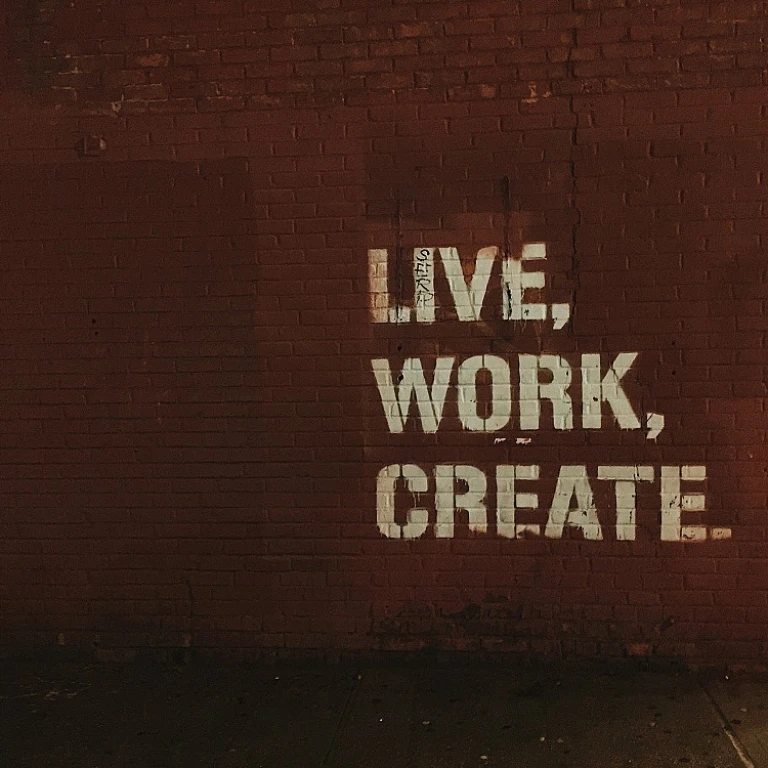Understanding the Importance of Company Culture
Importance of Building a Strong Cultural Foundation
In business, it's no surprise that the culture of a company can truly determine its health and success. A well-tuned organizational culture is like the beating heart of any organization, pumping vitality and warmth through every team member and department. But why should it matter to those in leadership, especially the Chief Human Resources Officer (CHRO)? Well, because a strong company culture creates an environment where employees feel valued, motivated, and engaged.
A positive workplace culture not only attracts top talent but also encourages them to stick around, creating loyal and effective employees. When people feel they belong to something bigger than themselves, they go the extra mile. They feel part of a team that respects them, appreciates their input, and shares common values. And that’s where the role of the CHRO comes in.
The CHRO, as a driving force behind culture, holds significant power to influence and build a nurturing environment. One where employees experience higher job satisfaction and, subsequently, better productivity. But it's not just about making staff feel good - although that's important - it's about embedding a sense of purpose and direction within the organization.
So, how does a strong corporate culture impact work? Well, it boosts employee engagement, enhancing their dedication and performance. When individuals feel recognized for their contributions, it leads to a ripple effect of positive outcomes. It's like planting seeds that lead to a flourishing work environment. The result? Employees turning up every day not because they have to, but because they want to.
It’s crucial for a CHRO to appreciate that promoting an inclusive and diverse culture is part of this broader equation. Diversity and inclusion are vital for nurturing creativity and innovation - and they’re a must for any forward-looking company. When people of different backgrounds and perspectives collaborate, it enriches the organization with varied ideas and solutions that are nothing short of extraordinary.
At the end of the day, fostering a strong culture is about bonding a team together with shared core values and principles. It’s about creating an environment where staff feel engaged, their opinions are heard, and their contributions acknowledged. That’s what lays the groundwork for success and long-term stability, making the role of a CHRO indispensable in cultivating organizational prosperity.
Key Skills for Developing Company Culture
Must-Have Skills for Building a Strong Workplace Culture
Ever wondered what really makes a business tick? At its heart is an exceptional Chief Human Resources Officer who knows their way around fostering a strong organizational culture. Here's how they do it:- Emotional Intelligence: Recognizing and understanding the emotions of employees helps a CHRO create a workplace culture where everyone feels valued.
- Effective Communication: A CHRO must clearly convey the company values and expectations, building trust among team members. Clear communication can make employees feel more engaged and aligned with the organization.
- Strategic Thinking: They must look at the bigger picture to align employee goals with the company’s mission. Strategic mindsets help in navigating organizational culture shifts.
- Leadership Skills: Guiding teams, inspiring positive work environments, and championing employee engagement are essential skills for a leader in HR.
- Conflict Resolution: Handling and mediating disputes ensures a harmonious workplace. A successful CHRO maintains a peaceful organizational culture by addressing issues promptly and fairly.
- Flexibility and Adaptability: In an ever-changing work culture, adaptability is key. A savvy CHRO embraces innovation, transforming and modifying strategies as required to improve the company.
Strategies for Fostering a Positive Work Environment
Building Blocks of a Thriving Work Environment
Creating a positive work environment goes beyond the superficial. It's about making every single employee feel like a valued part of the company, deeply intertwined with the culture company ethos. This starts with a compelling organizational culture that aligns with the company's core values, encouraging a genuine connection amongst team members. Employee engagement plays a crucial role here. Engaged employees light up the workplace with their enthusiasm and drive, magnifying a strong company culture. It's not just the job they do; it’s the spirit with which they do it that truly matters. A strong culture that empowers and recognizes employees can lead to a boost in morale and productivity. Harvard Business Review shares that engaged employees are much more likely to go above and beyond for their organization.Recognition as a Motivator
Many people thrive on recognition. When employees feel their contributions are seen and appreciated, they're more likely to invest their full potential into their work, reinforcing the organization culture’s positive outlook. Regular recognition goes hand in hand with fostering a supportive environment.Encouraging Open Communication
An open line of communication channels is essential for a transparent and healthy work culture. It allows team members to share ideas, voice their concerns, and feel integrated with the company's overall goals. A leader in the HR space, SHRM, stresses the importance of trust and clarity in communication, which plays a pivotal role in cementing engagement and satisfaction levels.Cultivating Team Spirit
Bringing together individuals with varying experiences, backgrounds, and perspectives creates a rich tapestry within the workplace. Implementing strong diversity inclusion practices bolsters this team spirit, ensuring everyone feels a sense of belonging. A diverse team champions innovative thinking, providing a stronger competitive edge to any business. For more on effective diversity strategies, consider this comprehensive guide on mastering crisis response in HR. Incorporating these practices into your daily operations can significantly improve company morale, boost your corporate culture, and ultimately lead to a successful, thriving workforce that champions your company values and vision.The Role of Diversity and Inclusion in Company Culture
Embracing Diversity and Inclusion in the Workplace
Building a strong company culture isn't just about the values you write on a wall. It's about creating an environment where every employee feels valued and heard. A significant part of this is embracing diversity and inclusion. When a company actively promotes these principles, it not only strengthens its organizational culture but also boosts employee engagement.
Think about it: a workplace that celebrates different perspectives and backgrounds fosters creativity and innovation. When employees feel they can bring their whole selves to work, they are more likely to contribute their best ideas. This doesn't just improve the employee experience; it enhances the entire business.
Practical Steps to Foster Inclusion
So, how can a company ensure it is inclusive? Here are a few steps:
- Training and Awareness: Regular workshops and training sessions can help team members understand the importance of diversity inclusion.
- Inclusive Hiring Practices: Ensuring that your recruitment process is free from bias can help build a more diverse team.
- Employee Resource Groups: Supporting groups that allow employees to connect over shared experiences can strengthen workplace culture.
- Open Dialogue: Encourage open conversations about organizational culture and inclusion, so employees feel safe to share their thoughts.
Creating a positive work environment isn't just a tick-box exercise. It's about understanding and valuing the unique contributions of every employee. This approach not only enhances company values but also helps in building a strong culture where everyone can thrive.
The Business Case for Diversity
Organizations that prioritize diversity and inclusion often see tangible benefits. According to a study by McKinsey & Company, companies with diverse executive teams are 21% more likely to outperform on profitability. This shows that a strong company culture isn't just good for employees; it's good for the bottom line too.
In the end, diversity inclusion isn't just about doing the right thing. It's about creating a work environment where team members feel empowered and recognized. By fostering such a culture, companies can not only improve their organizational culture but also enhance their overall business success.




